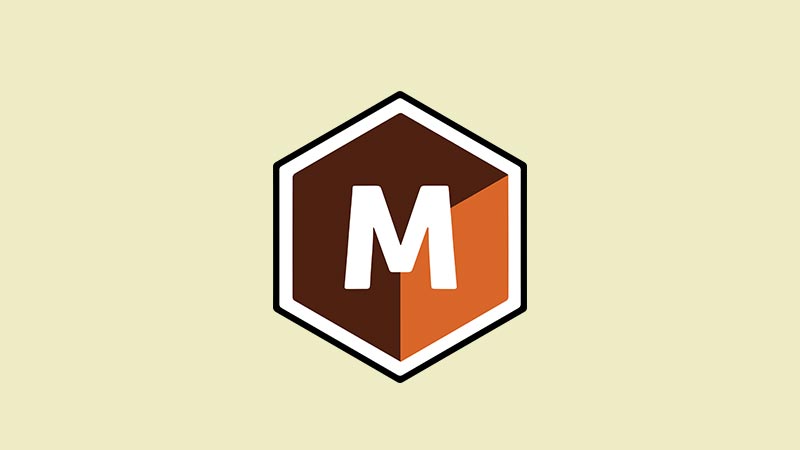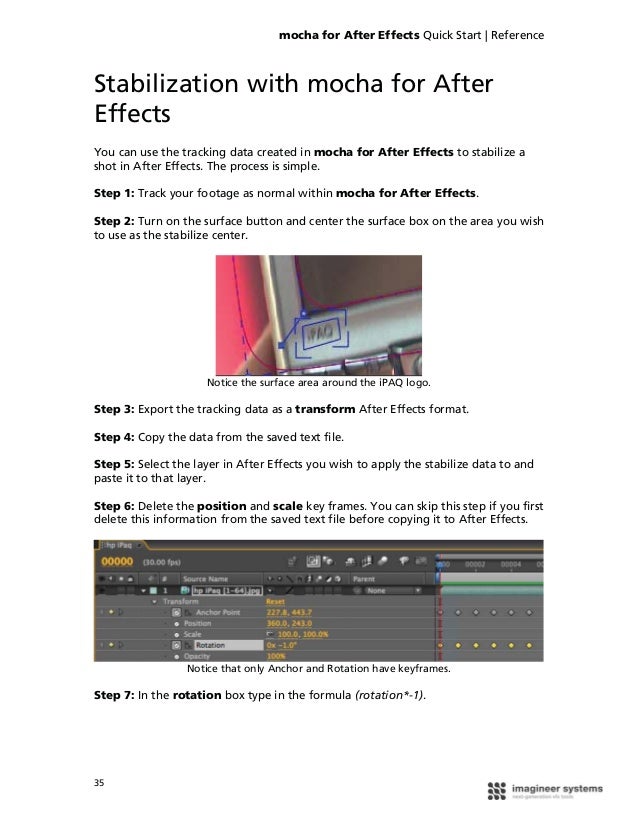
Now, remove skew as stabilizing parameter if as in this case there’s none, and track forward.

In this case, this is the neck of the talent, so use the rectangular spline tool to define it. Then, head to the first frame, define the area Mocha needs to track. If you are in the Essential workspace, you can easily revert to the Classic one if you prefer.
/thumb.jpg)
To do so, just find the Mocha plugin in the effects library and drag it over the clip. Even if the talent stands still, there’s always going to be a little movement, which means that we have to stabilize the clip since even the slightest movement will be extremely apparent once the head is replaced in the master shot. The first step is to isolate the head from the green-screen.

It’s worth noting that the master shot is in FullHD, while the head-shot is a 4K clip. Here we see the famous “Split” commercial with the martial arts champion and actor Jean-Claude Van Damme as the background shot and a simple mugshot for the head. Anyone would bet it’s a quite complicated and pro-level task, right? Well, here we have a simple and straightforward tutorial made by flomotion, to track the movement in a shot using Mocha in After Effects by leveraging tracking data to substitute a talent’s head.Īs you can easily imagine, we start inside After Effects, and all we need is two clips: the background-clip, where we intend to place our face, and a green-screen shot of the given face. Sometimes it’s also easier then we’d expect, like face-swapping, for instance. Not everyone is proficient indeed, but since the more we evolve in this digital world of over the top media consumption, the more it’s necessary to be jack of all trades. The reason is probably that it requires a completely different set of skills from those needed to shoot and edit.

Most filmmakers feel intimidated since it’s perceived as a complicated mess.


 0 kommentar(er)
0 kommentar(er)
